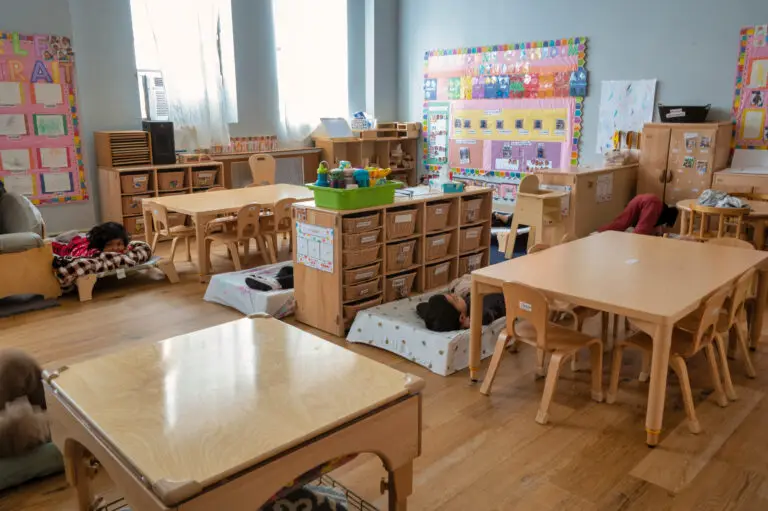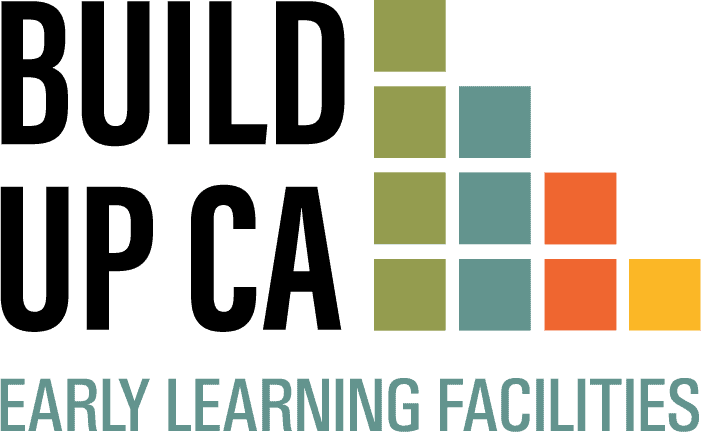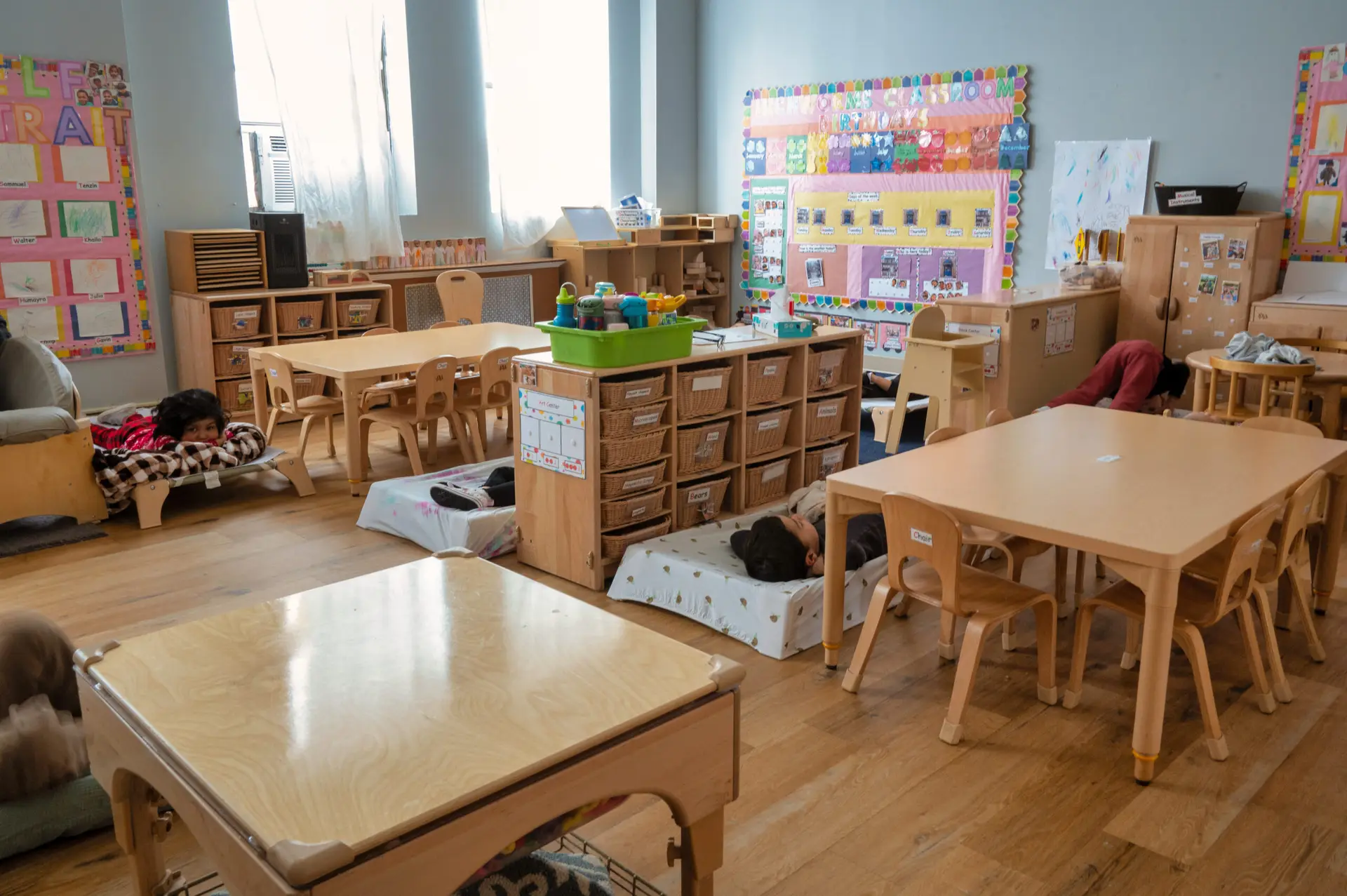The United States currently faces a severe shortage of both quality early care and education (ECE) options and housing that is affordable to families across the income scale. Prior to the pandemic, 20.4 million renter households were considered rent burdened, meaning they spent more than 30 percent of their monthly income on rent, 51 percent of Americans lived in a child care desert, with a disproportionate impact on Hispanic, American Indian, and Alaskan Native families. The economic consequences of the COVID-19 pandemic have caused many ECE providers to close their doors or downsize their businesses, constraining an already tight supply of care. At the same time, more families are facing unemployment and reduced wages, resulting in 5.7 million households – or 14 percent of all renter households – behind on their rent and facing the risk of eviction as pandemic protections are lifted in the future.



